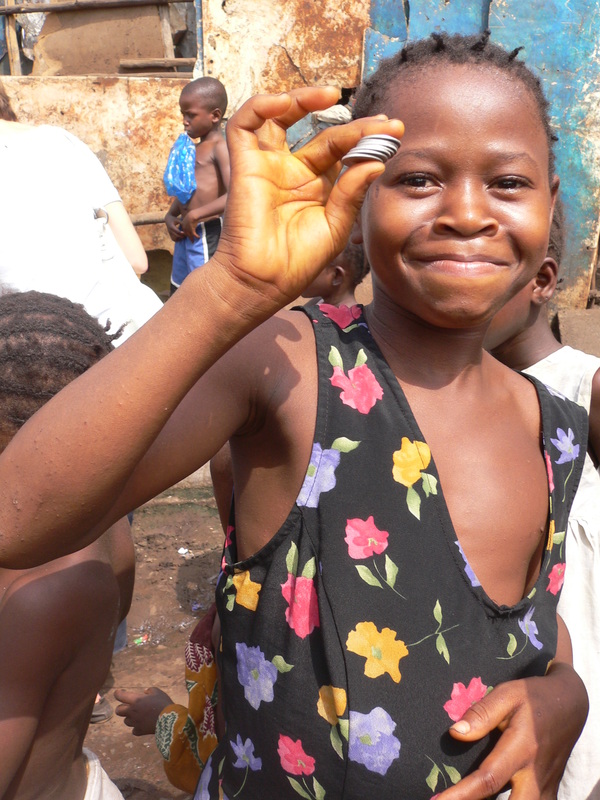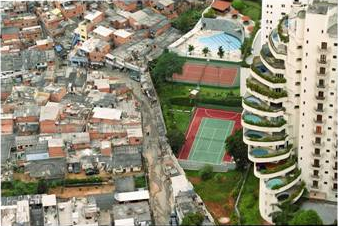
Around the globe, and particularly in South Asia and Sub-Saharan Africa, there are number of 'social franchises' offering affordable quality services to low-income populations. Greenstar, with a network of 7,500 clinics and close to four million patient visits so far, is among the bigger ones.
While social franchise models have the potential to deliver a variety of services with a social value, many such models focus on health, particularly family planning and other reproductive health services. So what do they have in common with a fast food company? And what are the differences?
Social health franchises share the same goals of expansion and financial sustainability as McDonald’s. However, while conventional, commercial franchising is essentially about maximising both franchisors’ and franchisees’ profits, social franchising aims to maximise social impact.
Why do social franchises, including health providers in rural Pakistan, need to make a profit you may ask? Well, mostly to ensure financial sustainability, i.e. to make sure health services continue to be provided and made available to the poor at a reasonable quality. In other words, profits, even though they are often rather small, are an important incentive for health providers to offer their services. After all, not many McDonald’s outlets would exist if they weren’t making a profit!
Nevertheless, there are important differences. While aiming at profitability at the franchisee end of the spectrum, many health franchises, such as Greenstar in Pakistan, are not profitable at the franchisor end and may rely on (public or private) grants and donations to provide training, quality assurance, brand building and other services to their network of franchised providers.
Social franchising thus constitutes an excellent and efficient entry point for private and public donors and impact investors: They get to support an established network of franchised health service providers (e.g. clinics) that cater particularly to the poor in heard-to-reach areas. In other words, they get to make an impact in areas which purely commercial models are unable or unwilling to reach.
And I do wonder what a woman in rural Pakistan might buy for the price of a cheeseburger...






 RSS Feed
RSS Feed